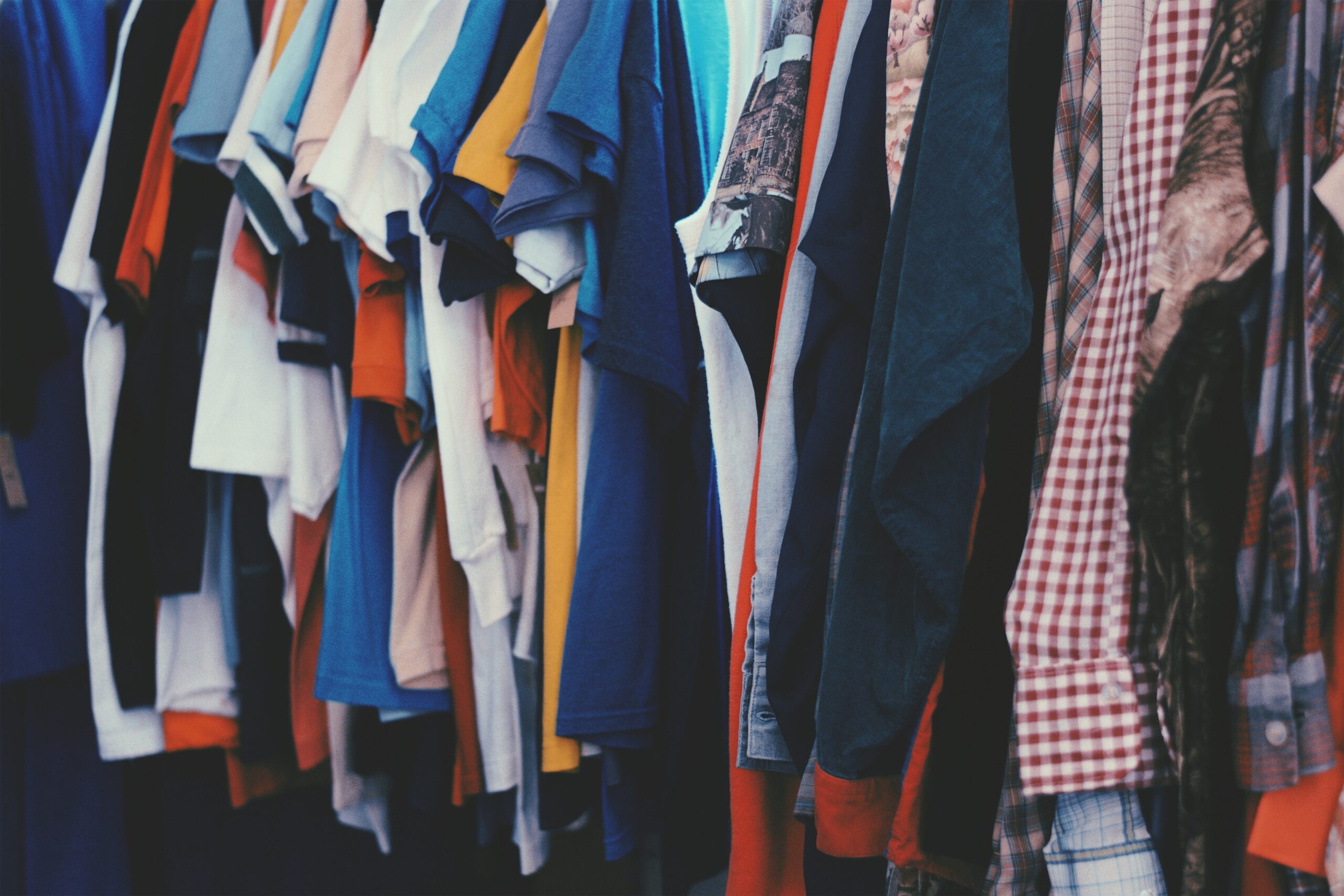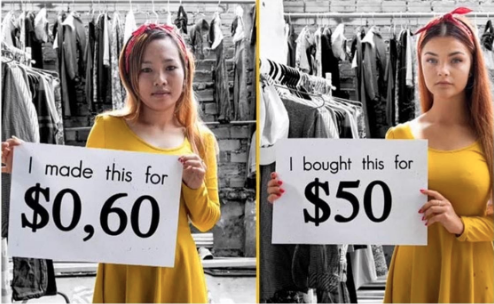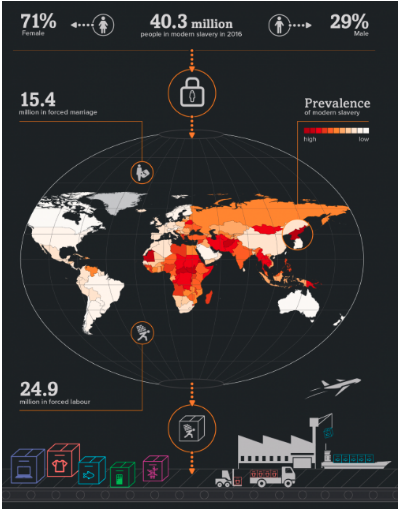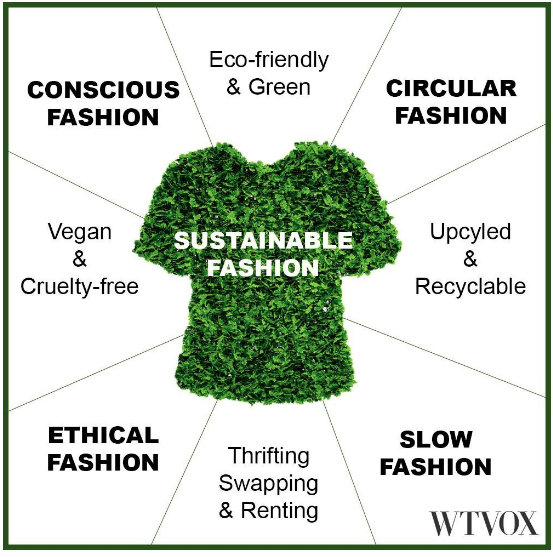Fast Fashion

Leo Clean was created with the idea to transform our client’s homes through the use of practices and products that are sustainable and environmentally friendly. Our teams are committed to lead lifestyles that reduce our environmental footprints at and outside of work hours.
This post is an overview of what we believe is a very important topic. We hope to inspire discussions, thoughts, and action.
‘Fast Fashion’ – an overview
Fast fashion describes the continuous mass production of clothing by retailer brands, who often replicate seasonal runway outfits into affordable pieces for larger audiences. This idea is related to the ability to identify new consumer trends and preferences faster, and to then launch newly adapted products into the market. In the fast-fashion industry, consumers are “rewarded” for upgrading their closets with the “latest trends” through the opportunity to buy more for less. The concept of “micro-seasons” makes the often by-weekly fashion upgrades and season (and mid-season) sales attractive and difficult to resist by buyers.
Even though the sold clothing items are often mass-produced (by underpaid workers in unsuitable working conditions), the department stores create a false sense of scarcity to inflate the perceived value and reputation of the brand. Consumers are under the illusion that there is no better time to buy than now, no better deal than the current sale, and that convenient returns justify impulsive purchases.

It is a “catch 22” – the brands need to adapt to the quickly evolving fashion tastes of consumers, created as a result of their own rotation of clothing lines. There is a demand for more agility in production volumes and speed in responses to consumer purchasing habits.
Why is “Fast Fashion” a problem
The purposeful manipulation of consumer habits and replication of other brands’ products are not the sole issues. Below, we will discuss other particularly devastating environmental and societal consequences of the fast fashion industry.
CONTAMINATION
Undeniably, the fast fashion industry causes irreversible damage to our planet and its effects are proportionally accelerated as their demand for garment production raises. The emission of poisonous gases, the tangible and intangible cost of non-renewable energy, and the chemical pollution of water sources are only some of its consequences.
In fact, the fashion industry is responsible for 10% of carbon dioxide emissions and ranks 2nd for water usage.
Fashion is responsible for 20% of the wastewater produced each year globally. Substances such as dyes and micro plastics end up in water bodies and can be particularly toxic to wildlife that might accidentally ingest them. Through this process, our entire ecosystem is systematically poisoned. Furthermore, water that individuals could use for drinking or sanitation, becomes vitally harmful after it has been contaminated.
It is estimated that in order to produce 1kg of cotton, approximately 10,000 lt of water are needed. This is about the amount of water that a single human drinks in 13 years (calculating for an average of 2lt / day). What this means is that in order for 1 cotton T-shirt to be produced and sold, 2,700 liters of water will be used (the amount that a person would drink in 3.5 years).
Shockingly, today we buy 4 times more clothes than consumers in 90s and it is further estimated that 40% of the clothes purchased are never worn. More than half of the items produced by global mega brands such as ZARA and H&M will end up in landfill in less than a year after leaving a factory. Oftentimes, unfortunately, even well-intended clothing donations will not be reused nor recycled.
INHUMANE LABOR CONDITIONS
According to a 2018 study by the Minderoo Foundation’s Walk Free Initiative, it’s estimated that annually, 1 billion of the garments produced and imported in the West are the result of forced labour. The report investigates forced labor that takes place within the textile industry – more specifically in countries like China, India, Vietnam, Thailand, Argentina, and Brazil.
In total, there are about 40 million people whose lives are directly affected by the fast fashion industry, of which 71% of these are women. Modern slavery devastates many developing countries. Even though this fact is well-known today, the mere distance and indirectness, results in nothing more but a short-lived concern by many consumers in Westerns countries.
It can all be traced back to the economic stagnation of the 1970s when the most powerful global firms changed their production organization to combat the strong global economic crisis.
As much of the fashion industry changed its focus from product quality to cost-reduction, many global brands shifted their production to countries who utilized their vulnerable population to mass produce for Western consumers through cheap intensive labour. A quick search online today can demonstrate the inhumane conditions in which fast fashion workers both live and work. Unfortunately, the issue stretches beyond the production factories – it has been reported that both pregnant women and underage children are often assigned to work in cotton crops for the industry for little to no pay.

HOW CAN WE HELP?
Fast fashion’s practices have been a convenience for large brands so they have become the norm rather than the exception. Changing this structure is a challenge, however not an impossible one. It is no doubt that in the future, we might even see fast fashion “go out of fashion”.
It is crucial to start to foster a collective conscience that understands the importance of reducing the horrid practice of fast fashion. We can now witness the commitment of projects like “Who Made My Clothes?” by Fashion Revolution that might appear small, but that are nevertheless a necessity. The gruesome face of the textile industry is now well-known and presented by the media. This has led to many initiatives working towards improving the textile and fashion industry at its core. New technologies to support sustainability have been introduced; many chose to support products from recycled materials and from slow-fashion firms. (Making high-quality garments and favoring artisanal and sustainable manufacturing are the main characteristics of this slow model).
Currently, a new circular model of fashion is being introduced. It covers everything from the production of fabrics, factory working conditions, purchasing, consumer usage, second-hand supplier, recyclers of textile materials, and back to the production of fabrics.
Betting or not on this model, the truth is that the resources allocated in order to manufacture clothing are incalculable in scale. The outlook can be worse if we take into account the forecasts for urban expansion and consumption growth that we will encounter in the coming years.

The bottom line is, however, that fast fashion exists because we as the consumers (willingly or not) support it with our habits.
Luckily, with purchasing power comes the ability to influence at a larger scale. Several measures can be taken to gradually modify one’s behavior in order to make it more responsible and sustainable. Some of them are consciously buying items made with specific materials and avoiding others, re-selling unwanted clothing items, and buying second-hand.
As consumers, through our decisions, we can create rippling effects. It is important to remember that each time we buy, we vote with our money.


